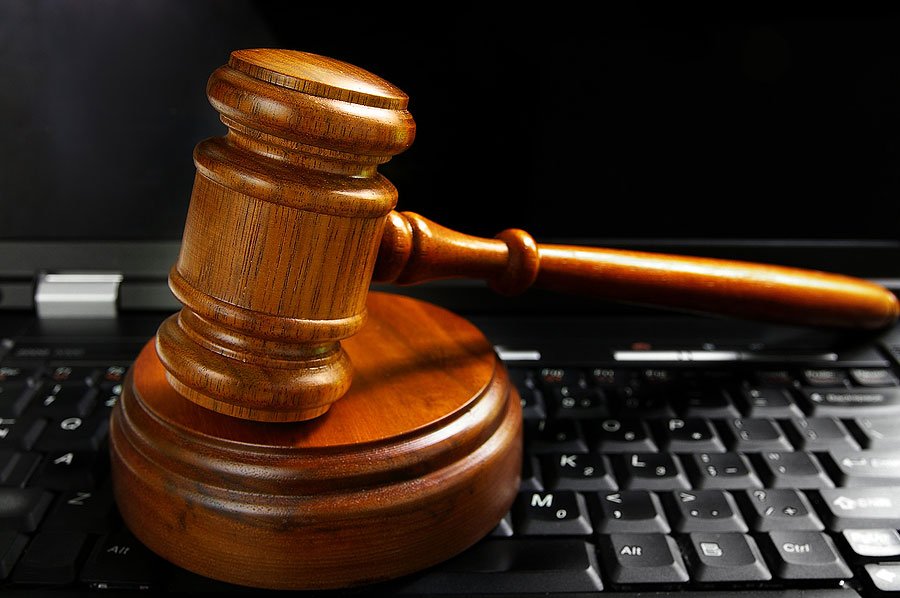In the contemporary landscape of rapidly evolving technology and intricate legal frameworks, the intersection of computer science and law has become increasingly prominent. Both fields wield considerable influence over society, albeit through vastly different mechanisms.
While computer science drives technological innovation, law establishes the rules and regulations that govern societal behavior.
In order to handle new issues and appropriately use technology, it is essential to comprehend the subtleties and relationships across many disciplines.
The Dynamics of Computer Science

Computer science, as a discipline, encompasses the study of computational systems, algorithms, programming languages, and the theoretical foundations of computing. It serves as the backbone of technological advancements, powering everything from artificial intelligence and machine learning to cybersecurity and data analysis. Computer scientists explore new frontiers, pushing the boundaries of what is possible through innovation and problem-solving.
Within the realm of computer science, professionals are tasked with developing software applications, designing algorithms, optimizing system performance, and addressing cybersecurity threats. The field’s rapid evolution often outpaces regulatory frameworks, presenting both opportunities and challenges. Innovations such as blockchain technology, quantum computing, and autonomous systems raise profound ethical and legal questions, necessitating collaboration between computer scientists and legal experts.
The Complexity of Law
Law, on the other hand, encompasses a system of rules and regulations established by governments and institutions to govern conduct within society. It encompasses various branches, including criminal law, civil law, constitutional law, and intellectual property law, among others. Legal professionals interpret and apply these rules to resolve disputes, uphold justice, and ensure the protection of individual rights.
In the context of technology, legal frameworks play a crucial role in establishing norms, safeguarding privacy, and mitigating risks associated with innovation. Intellectual property laws protect innovations through patents, copyrights, and trademarks, while privacy laws regulate the collection, storage, and use of personal data.
Cybersecurity regulations aim to safeguard digital infrastructure and prevent cyber threats, while antitrust laws address concerns related to monopolistic practices in the tech industry.
Interdisciplinary Challenges and Opportunities

The convergence of computer science and law presents both interdisciplinary challenges and opportunities. As technology continues to advance at a rapid pace, legal frameworks must adapt to address emerging issues such as data privacy, algorithmic bias, and the ethical implications of artificial intelligence. Likewise, computer scientists must be cognizant of the legal implications of their work, ensuring compliance with regulations and ethical standards.
One of the key challenges in navigating the intersection of computer science and law is the disparity in language and expertise between the two disciplines. Bridging this gap requires collaboration and communication between technologists and legal professionals, fostering a deeper understanding of the complexities involved.
Initiatives such as interdisciplinary research programs, joint degree programs, and professional associations facilitate knowledge exchange and promote collaboration between the two fields.
Moreover, the development of regulatory sandboxes, which provide a controlled environment for testing innovative technologies within a regulatory framework, can foster innovation while ensuring compliance with legal requirements.
Ethical considerations, including transparency, accountability, and fairness, must also be integrated into the design and implementation of technological solutions to mitigate potential harms and promote responsible innovation.
Conclusion
In the digital age, the intersection of computer science and law has profound implications for society, shaping the way we interact with technology and each other.
By fostering collaboration and interdisciplinary dialogue, we can harness the synergies between these disciplines to address complex challenges and realize the transformative potential of technology while upholding legal and ethical standards.
Embracing this crossroads offers opportunities for innovation, progress, and societal advancement in the years to come.
